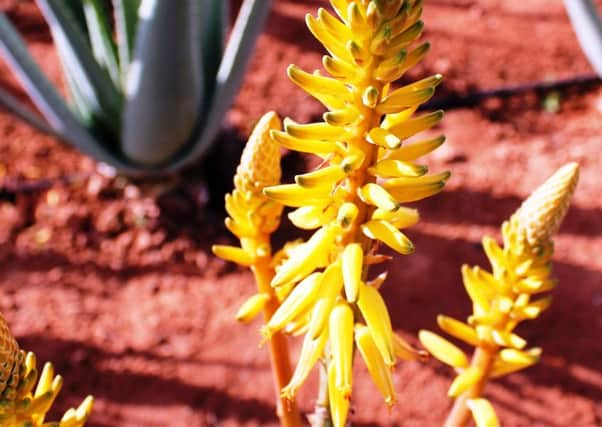Say hello, aloe


Whoever first realised that this short-stemmed shrubby aloe could be so beneficial to mankind, was a genius. He or she probably never made any money, but they catapulted the plant into superstardom.
Aloe vera has been used for centuries and it is more popular today than ever. It is cultivated around the world as a crop for its colourless jelly-like leaf parenchyma.
Advertisement
Hide AdAdvertisement
Hide AdThe green outer layer of the leaves yields a bitter, yellow substance which has very different properties from those of the colourless parenchyma – it has been used as a laxative, although scientists now say it could pose a danger for many people.
However, Aloe vera the plant is also just that – a plant to be grown not for harvest but for its beauty. In warmer climes it is easy to cultivate, although it seems to do best when grown in a well-draining gritty mix. It is also relatively simple to propagate – it produces numerous offsets.
In the UK, this is a houseplant, a conservatory dweller, although it can be taken outdoors to enjoy the summer and the chance to luxuriate in the light. It is also slow to flower so patience is a virtue.
A happy aloe requires a temperature of between 70-80 degrees F. Anything below that and the plant is likely to sulk.
Advertisement
Hide AdAdvertisement
Hide AdThis is a succulent whose body parts are mainly made up of water and just like a cactus, it will store water. But Aloe vera also likes a moist soil, particularly in summer, so the state of the compost needs checking regularly.
That compost should be a mixture of loam-based John Innes No 2 with additional sand or perlite for increased drainage.
Apply a balanced liquid feed during the growing season and reduce watering in the winter.
Re-pot when the plant has outgrown its pot, taking the opportunity to remove all those little offshoots – pop them into individual pots and they should root.